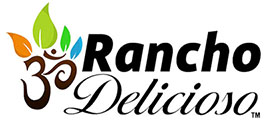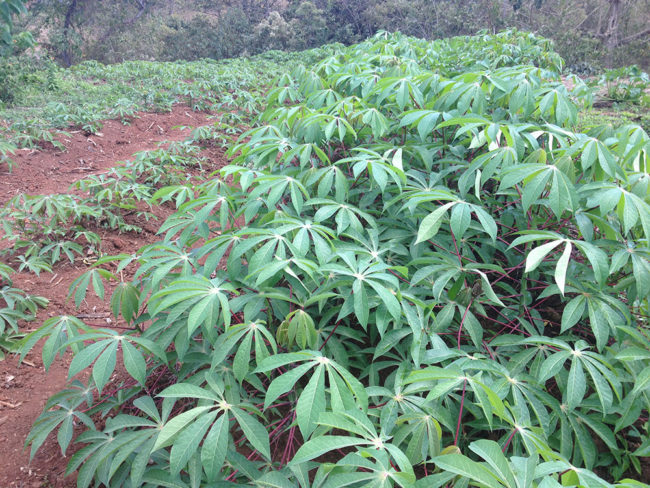Yuca
Yuca is a warm climate root vegetable also known as Cassava , it shares similarities in both appearance and nutritional content to potatoes. It is the tropical potato, bringing something different to the table! In Central and South America, where it is commonly grown, yucca is used as a carbohydrate side dish. Boiled and fried, mashed or baked into a casserole which is a personal favourite of mine it is a versatile vegetable treat I have come to relish at the forefront of Costa Rican cuisine.
Demonstrating the vegetable’s prominence in Tico culture, there has been a charismatic little dog for some time now with a glint in her eye who goes by the name of Yuca, who I can’t help smiling about at each Yuca occasion. Thought to be first domesticated in Brazil around 10,000 years ago, Yuca is the third largest source of food carbohydrates in the tropics, after rice and maize. It’s a major staple food in the developing world, providing a basic diet for over half a billion people, and is one of the most drought tolerant crops, capable of growing on marginal soils.
Like other major staple foods such as rice and potatoes it is not considered digestible when raw, but when cooked the roots are rich in calcium and vitamin C and contain a nutritionally significant quantity of Magnesium, Phosphorus and Folate. Cholesterol free and low in fat yuca has also been promoted as treatment for bladder and prostate cancer.















